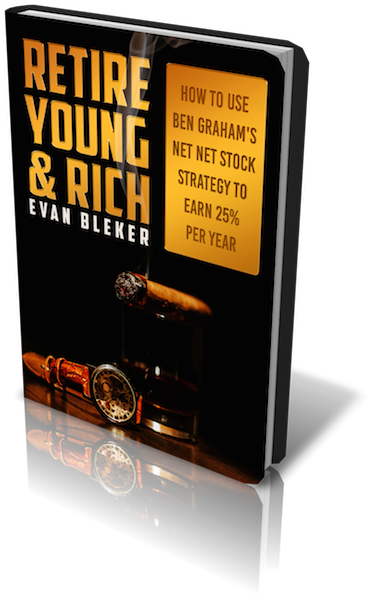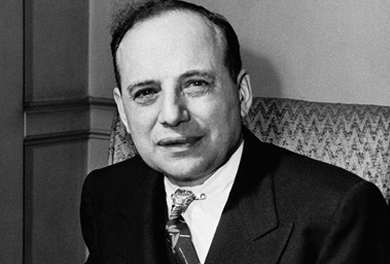
Grow Your Portfolio By 25%+ Using Graham's Classic Net Net Stock Strategy
Ben Graham's net net stock strategy has shown outstanding returns since the 1930s and it was developed for small investors like you and me.
1. Academic studies have shown returns from 20 to 42% per year depending on the kind of net nets you focus on.
2. The strategy works by focusing on buying financially solid companies that have been beaten down to rediculously cheap prices.
3. Net nets are found among the market's smallest companies, allowing small investors to completely sidestep sophisticated professional competition to earn outstanding returns.
4. This strategy is simple. If you can multiply and divide then you can use Graham's net net stock study to earn great returns.









